You don't need to make recipes specifically for baby led weaning. With simple changes, almost any recipe can be made baby led weaning friendly! Try these dietitian-approved ways to easily modify what your family is already eating for baby led weaning.
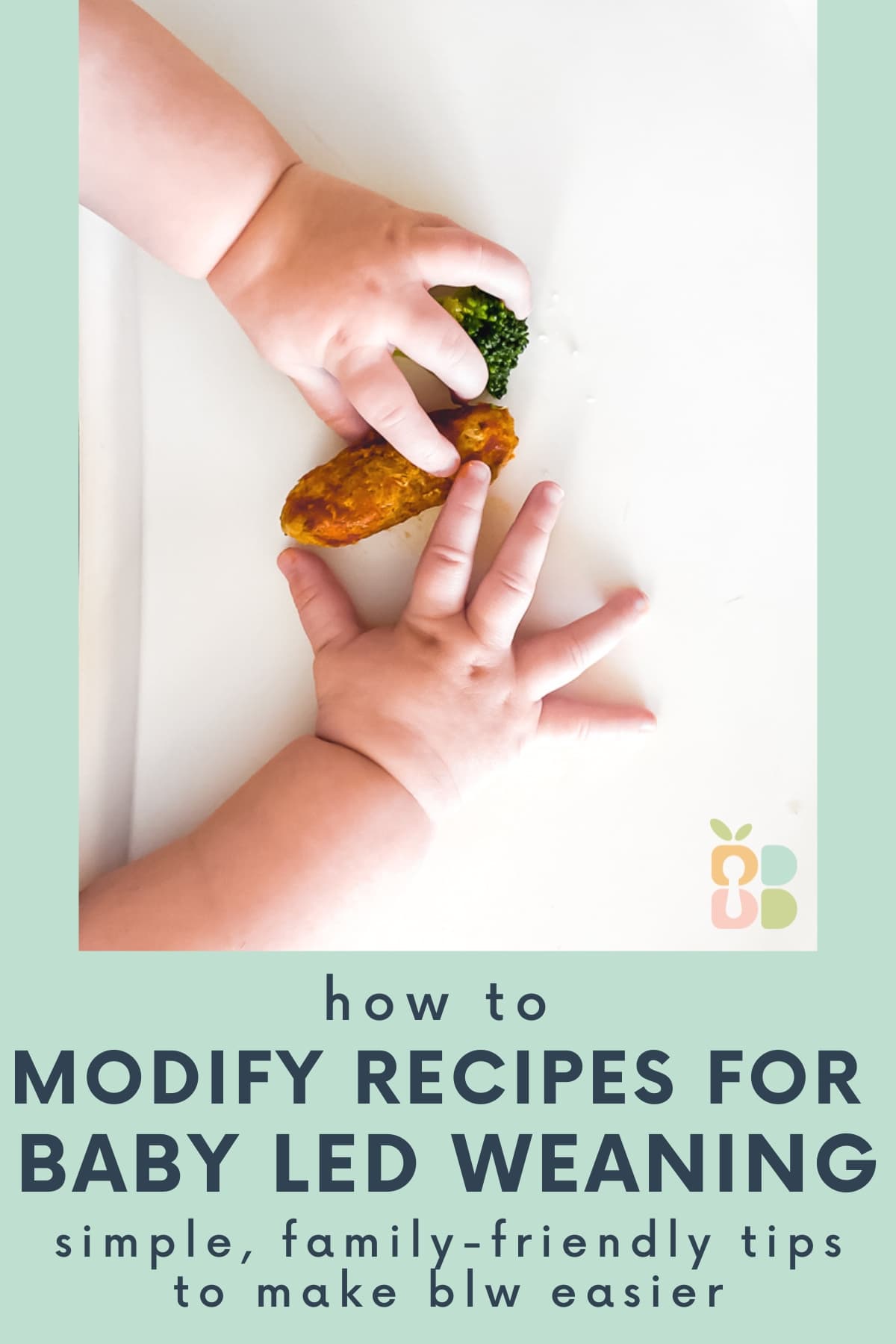
One of my favorite things about bay led weaning is that it's less work for parents. You donʼt have to sit and spoon feed your baby while trying to eat your dinner, and best of all, you don't have to make separate meals! But that doesn't necessarily mean your baby can literally pick up anything off your plate and eat it - there are a few things to consider for your baby's safety. Keep in mind that this is easiest if you cook the majority of your meals at home.
If you're just starting out on your baby led weaning journey, make sure to read my safety tips for baby led weaning, and how to begin baby led weaning!
Why You Need To Modify Some Recipes For Baby Led Weaning
Going back to the basics of baby led weaning, babies need foods that are the right texture so that they can easily mash them with their gums. They also need foods that can easily be picked up with their whole hand since they have limited dexterity with their little fingers. And finally, I don't recommend any sugar for babies, as well as very little salt. So if you're eating fried chicken or a Caesar salad, your baby probably won't be able to eat that. But we don't want to make separate meals for babies. That goes against the whole spirit of baby led weaning. Instead, we can modify what we're already making to make it baby led weaning-friendly!
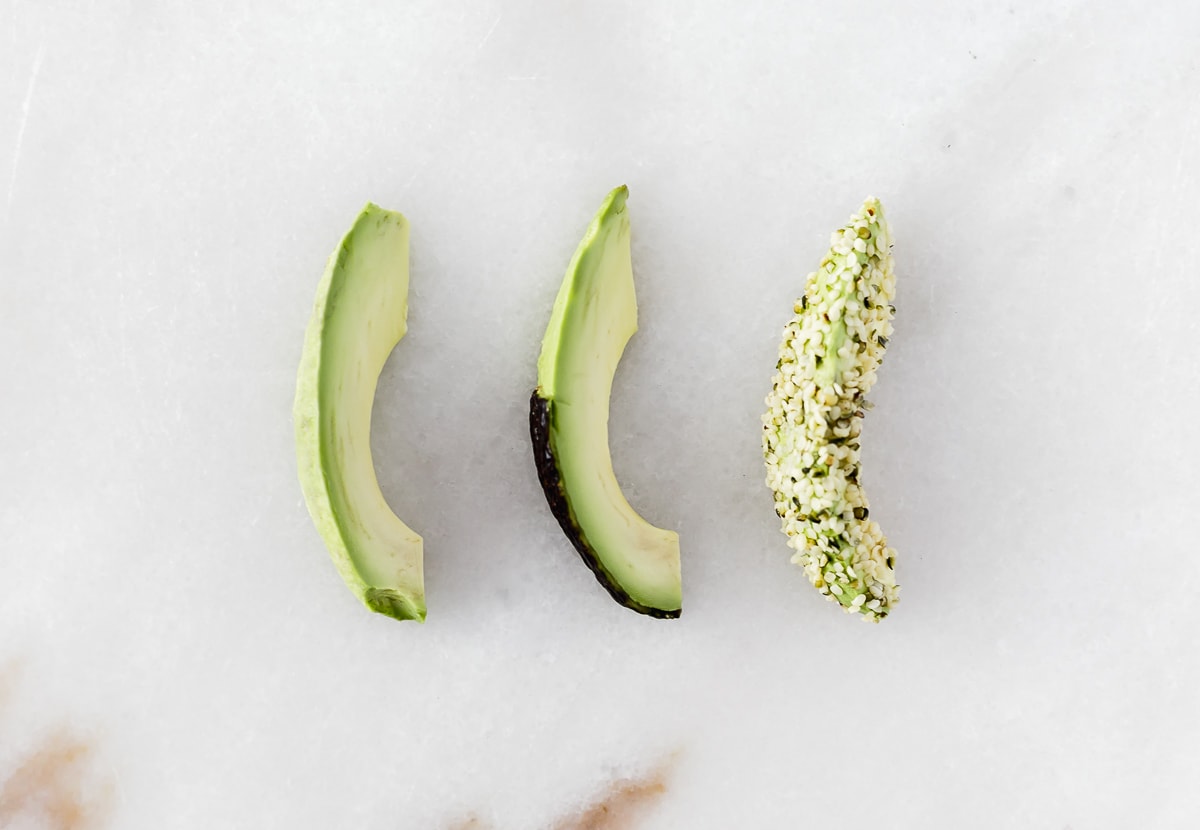
How To Modify Recipes For Baby Led Weaning
There are three things that may need modifying in order for babies to eat them safely and easily. They are texture, shape and salt or sugar content. Here's what I recommend to make things easier for you while cooking so that baby can enjoy meals rights alongside the family!
1. Modifying Texture
Any food that baby gets should be easily mashed between baby's gums (you can test this by pressing it between your thumb and forefinger), OR fibrous enough that baby cannot break off pieces (such as a long piece of steak or a cucumber wedge with skin). A few ways to achieve this in foods that are not already the appropriate texture:
Cook vegetables a little longer for baby so that they are soft enough
Cook any raw fruits or vegetables that are tough, such as apples or carrots
- Remove tough skin from poultry, potatoes, apples, and other cooked fruits or veggies
Leave out nuts, dried fruit or other choking hazards (from muffins, for example) or make sure they are chopped very finely if they are included
Make sure pieces of vegetables in mixed dishes are chopped fine enough that they aren't a choking hazard
- Cook meats to a tender texture (you want to aim for a juicy steak, not one that's dried out!)
2. Modifying Shape for Ease of Grasping
Babies need foods that are about the size and length of your pinky finger so that they are able to easily pick them up and bring them to their mouths. Lots of foods that your family enjoys can easily be cut up into a shape that's easy for baby. But some foods, like mixed dishes, require a little planning before you cook so that baby can pick them up more easily in the early months (around 6-8 months). As babies get older and develop a pincer grasp, you won't have to do this as much since babies will eat food in smaller pieces. Some ways to modify the shape of foods:
When making ground meat, leave some pieces larger and form into finger-shaped "meatballs" for baby
- Choose larger, longer noodles when making pasta, such as penne or rigatoni, instead of smaller shapes
When making mixed dishes, you may need to take some components out as you cook them and set them aside for baby's plate
For foods with tiny pieces, like rice and beans, you can mash them together so that they form larger chunks that stick together easily
- Spreads or dips can be spread thinly on a finger shaped piece of lightly toasted bread or piece of pancake
Roll slippery foods, such as kiwi or avocado slices, in flaxseed, crushed Cheerios, or something else that will give them some texture, or leave a piece of the peel on for easier gripping
- Avoid 'coins' such as round pieces of carrots or hot dogs
3. Modifying Salt and Sugar Content
I don't recommend giving baby much salt. Some people are very strict on having NO salt but, I'm not too concerned as long as you are cooking most foods at home. Just like with adults, a little used in cooking is not a big deal, but very salty foods like frozen dinners and packaged foods should be avoided. And babies just don't need any sugar (until at least one year of age, and ideally two years). Honey is not safe for babies under one year due to the risk of botulism, so definitely leave out anything with honey. These things are pretty easily modified if you cook most of your meals at home:
Keep the salt levels reasonable with recipes, and salt your own food at the table.
Choose unseasoned, low sodium or no salt added versions of canned vegetables, broth, and grains.
- Choose canned or frozen fruit with no added sugar (or canned in water/juice).
Read labels to be sure foods have little to no added sugar.
Leave salt and sugar out of things like pancakes, muffins, and baked oatmeal.
- You can sweeten many baked goods with mashed banana or fruit puree (like prune puree or apple sauce), and you can always add maple syrup to your own at the table.
Choose plain yogurt, and if you need to flavor it, do so with fruit, nut butter, or cinnamon.
If a savory recipe calls for sugar or honey, you can usually either leave it out, or if it's in a sauce, serve baby's portion without the sauce.
- The same concept can be applied to foods that may be too spicy for baby, too!
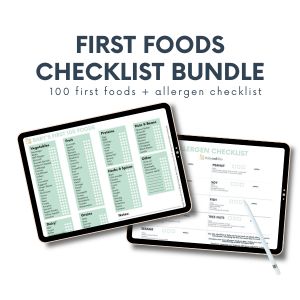
Track your baby's journey through starting solids! Get my 100 First Foods Checklist and Allergen Checklist Bundle today!
Which family meals do you need help making baby-friendly? Let me know in the comments!

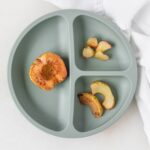
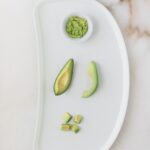
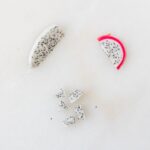
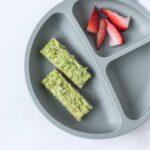
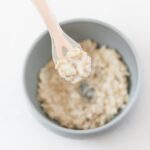



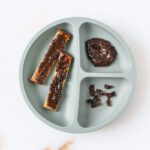
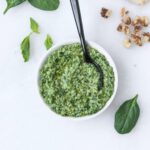

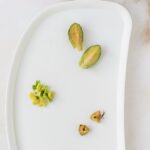



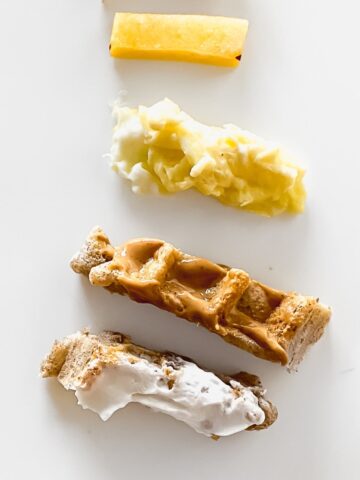
Leave a Reply